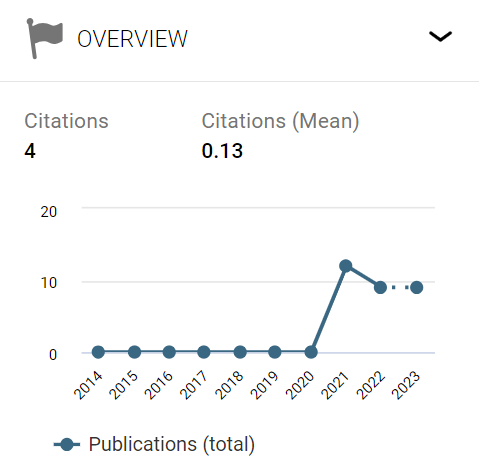Musical and Extra-Musical Texts in Christian Worship (Based on Marco Demarinis' Semantic Theory)
DOI:
https://doi.org/10.52849/apokalupsis.v15i1.126Keywords:
context; , co-text;, extra-musical;, musical;, worshipAbstract
Fundamentally, music as a performance exhibits two characteristics: musical and extra-musical. These two elements are interconnected, complementary, and inseparable. Musical elements cannot be fully understood without considering the surrounding aspects, which lie outside the music itself. This dual nature also applies to church music. However, music used in and for worship is also a performance. This research examines the presence of these two characteristics in musical performances during Christian worship. Through Marco DeMarinis' semiotic theory, these two characteristics are manifested in the relationship between text, co-text, and context. The study's findings demonstrate that musical elements are no more important than extra-musical elements because in Christian worship, the Word is the ultimate objective of a liturgy: Without music, Christian worship can still occur, but without the Word, worship cannot be conducted.
References
Apel, Willi. (1983). Harvard Dictionary of Music, The Belknap Press of Harvard University Press.
Bevan, Stephen B. (2002). Models of Contextual Theology, Maruknoll, New York: Orbis Books, 2002.
Cooke, Derryck. (1989). The Language of Music. New York, USA: Oxford University Press.
Denzin, Norman K., and Yvonna S. Lincoln. (1997). Handbook of Qualitative Research. New Delhi: Sage Publication Put, Ltd
Geertz, Clifford. (1992). Cultural Interpretation. Trans. Budi Susanto. Yogyakarta: Kanisius.
Harahap, David, et al. (2002) “The Importance of Church Music in Worship for Growth Congregation Spirituality,” TELEIOS: Journal of Theology and Christian Religious Education, Volume. 2, Volume. 2, Number, 2.
Hargreaves, David J. (1997). The Social Psychology of Music. Great Britain: Oxford University Press.
Hendi. (2002). The Semantics and Theology of Joy in the Philippians: A Revision of William G. Morrice's Thesis On Joy, Danum Pambelum, Journal of Theology and Church Music, Volume 2, Number 1.
Luxemburg, Jan van, et al. (1991). On Literature, trans. Akhadiati Ikram, Jakarta: Intermasa.
Marinis, Marco De. (1993). The Semiotics of Performance. Bloomington: Indiana University Press.
Nema, Kasmir. (2020). Intercultural Communication in the Life and Mission of Arnold Janssen, in the Theological Journal of Sanata Dharma University, 09, 02.
Noth, Winfried. (2012). Handbook of Semiotics, Indianapolis, Indiana University Press.
Ratna, Nyoman Kutha. (2010). Cultural Research Methodology: Cultural Studies and Humanities Social Sciences. Yogyakarta: Pustaka Pelajar.
Sasongko, Michael Hari, Examining Christian Praise Songs: Extra-musical Studies, in Tonika Journal of Arts Research and Studies 4(2).
Sausri, Aliraza. (2024). A systematic literature review of vehicular connectivity and V2X communications: Technical aspects and new challenges. International Journal of Communication Systems.
Semiotics of Art: Prague School Contributions. (1984). Eds. Ladislav Matejka, et al, London: The MIT Press.
Simanullang, Pernandus. (2021). Stigma Music of Human Life in Indonesia Orchestral Music, Promusika, Volume 9, Number 2.
Sloboda, J.A. (1985). The Musical Mind: The Cognitive Psychology of Music. Oxford: Oxford University Press.
Tan, Siu Lan, et al. (2010). Psychology of Music: From Sound to Significance. New York: Psychology Press.
Widodo, Anhar. (2011). Arts Communication (Communication Aspects in the Performing Arts Work Process), Journal of Mass Communication Vol 4 No 1 January 2011.
Downloads
Published
How to Cite
Issue
Section
License
Copyright (c) 2024 Hengki Tompo, Michael Hari Sasongko

This work is licensed under a Creative Commons Attribution-ShareAlike 4.0 International License.

This work is licensed under a Creative Commons Attribution-ShareAlike 4.0 International License.









